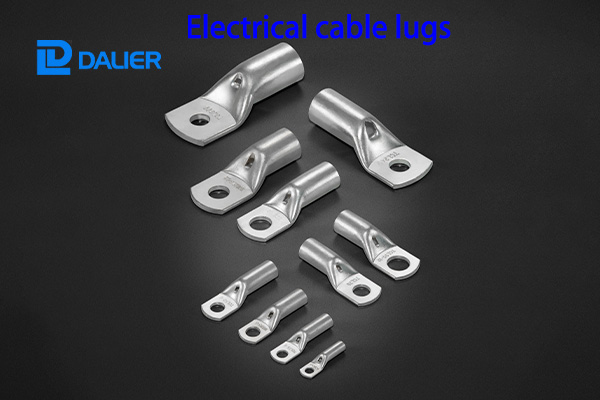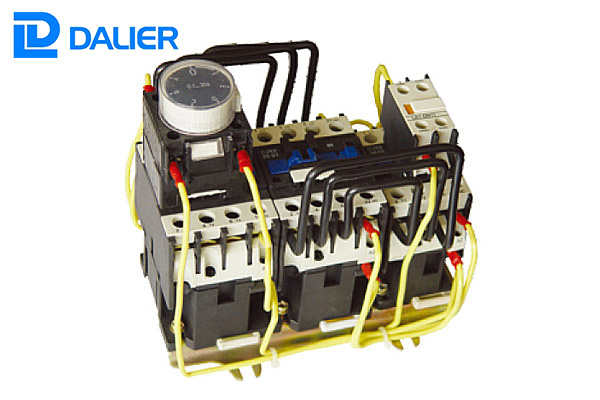About the operating principle of thermal relays
A thermal relay is a thermal protection component that is commonly used to protect the motor circuit from overcurrent.
Its principle is: the main loop current flows through its internal bimetal, when the current exceeds its set value, the bimetal heat deformation, the deformed bimetal drives the auxiliary contact mechanism, and the auxiliary contact closes into the second The secondary circuit, the secondary circuit is de-energized, the contactor coil is released, and the faulty motor power is cut off.
Many new technicians who contact thermal relays often have a misunderstanding that the thermal relay action is that the internal main circuit has cut off the current. In fact, the main circuit of the thermal relay is not disconnected, and its protection function relies on the signal output from the auxiliary contact for the logic of the control loop.
Because the thermal relay is simple and durable in structure, low in price and convenient in adjustment, it is still the mainstream protection device in the motor circuit.




